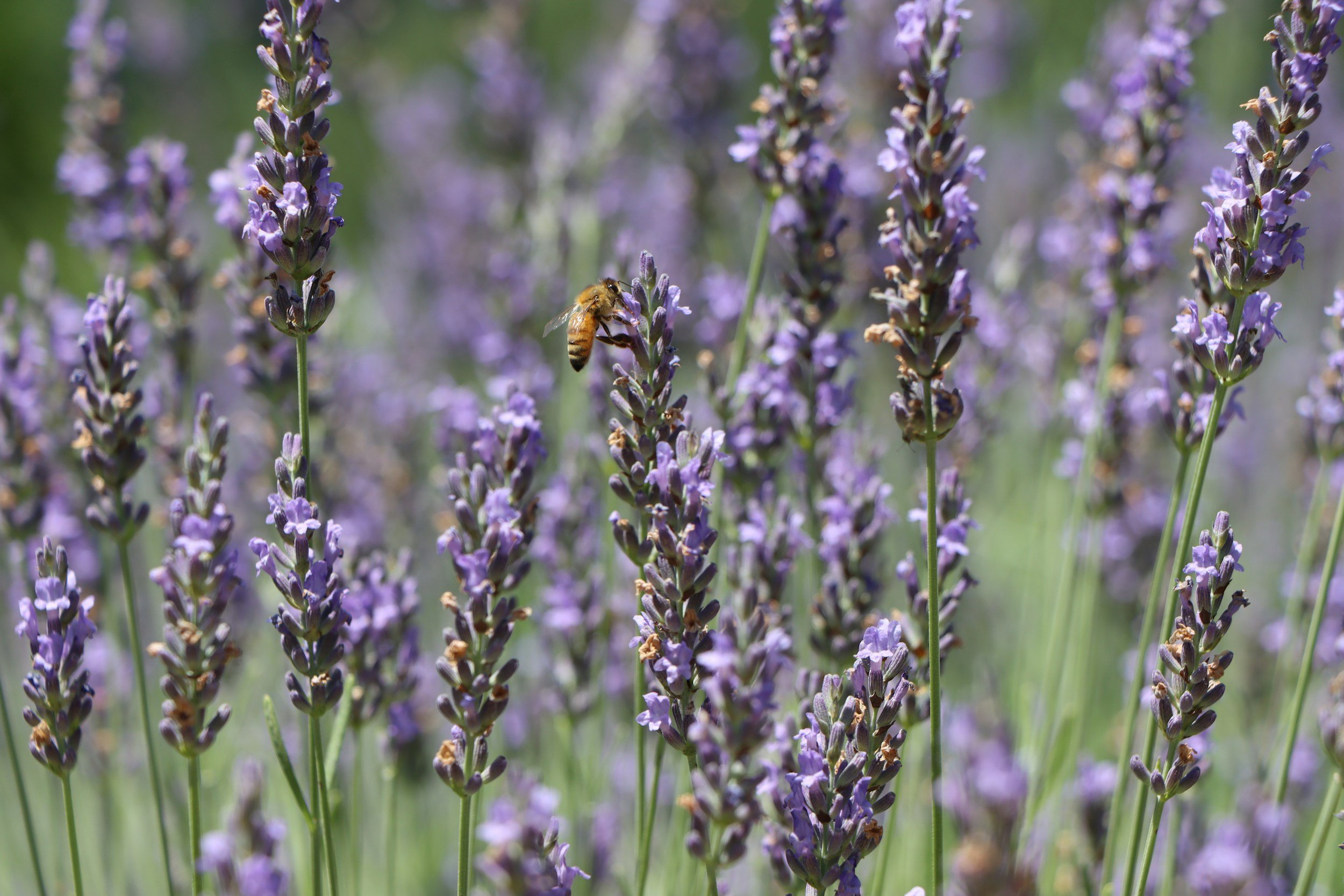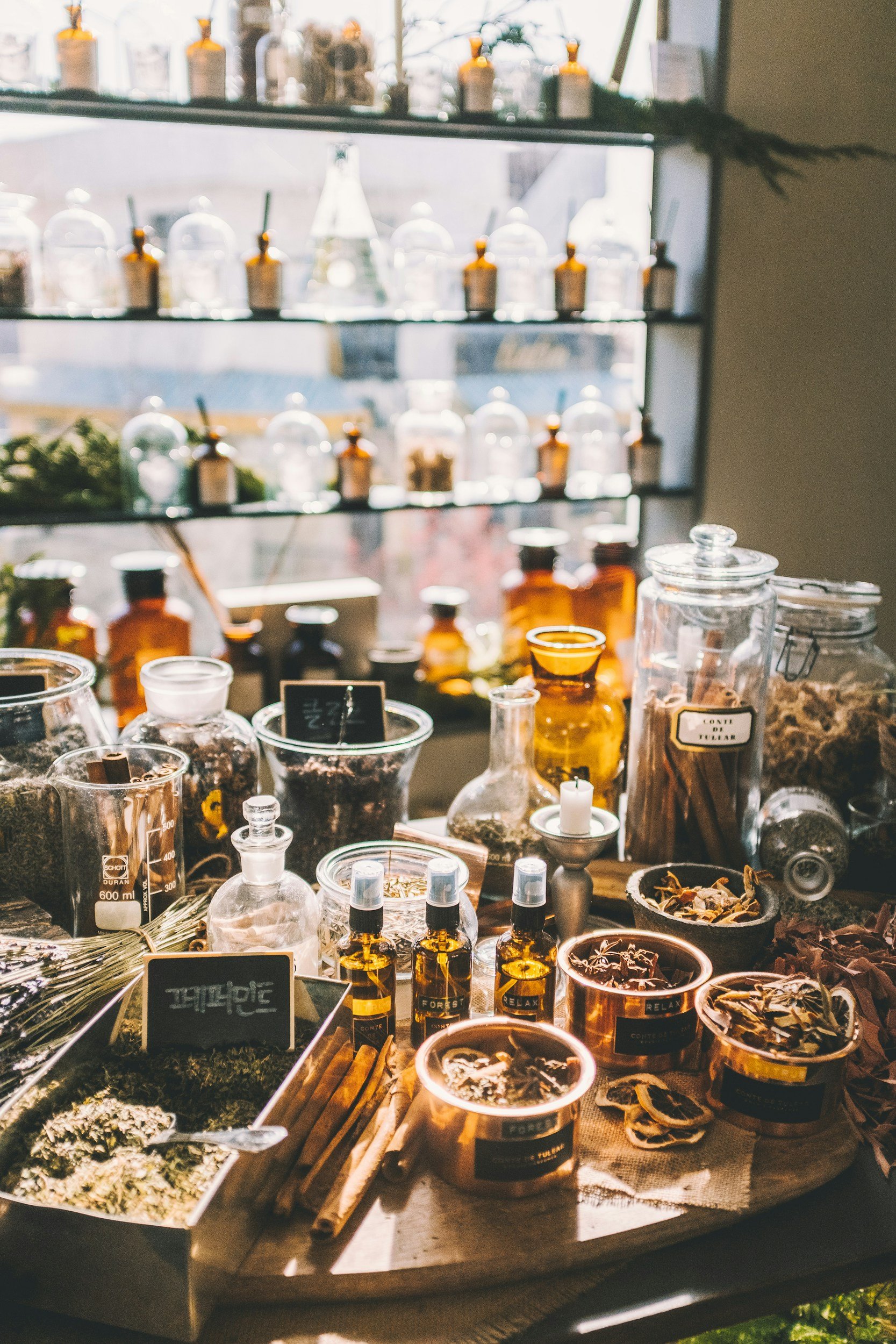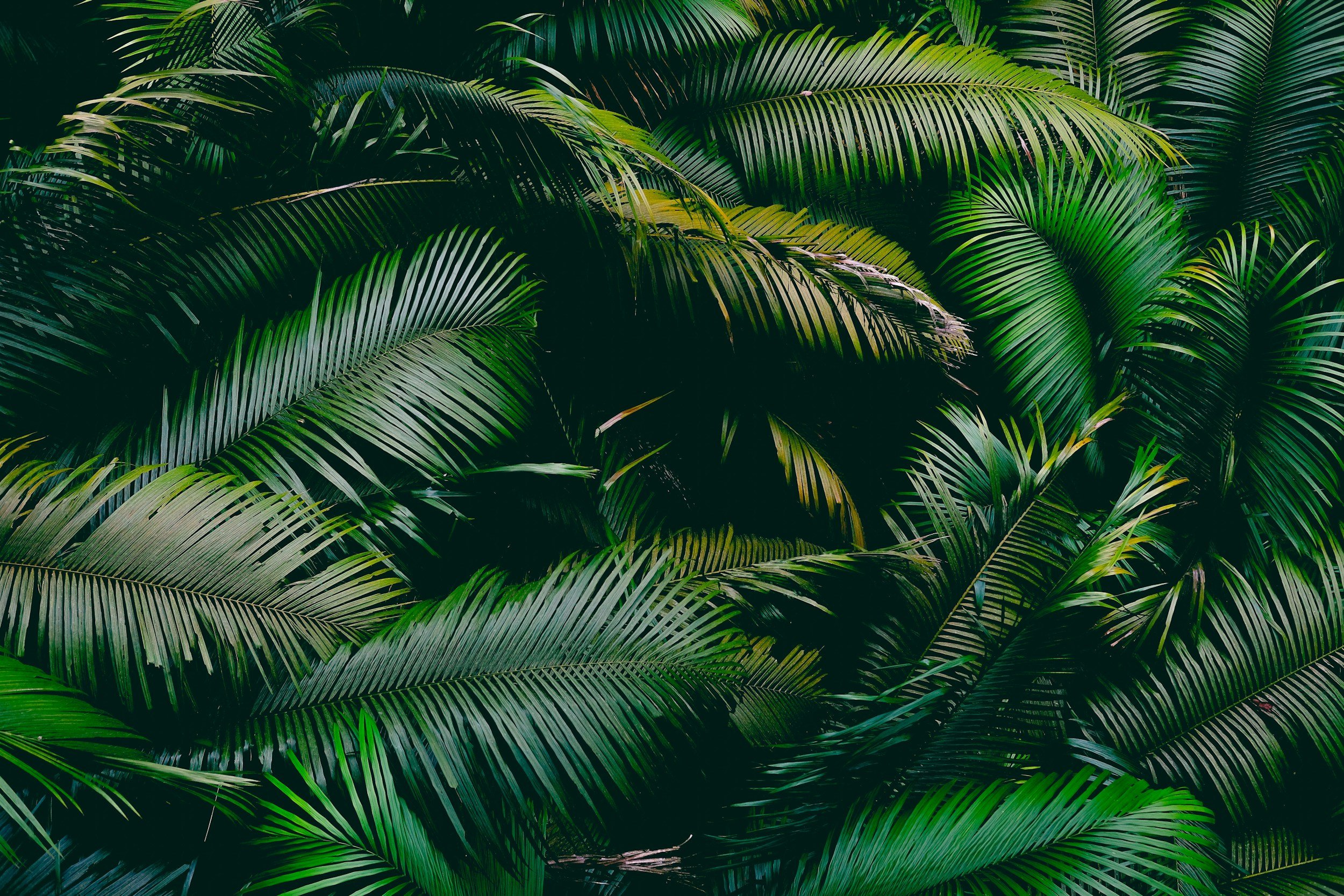
Energetic Herbalism
-
Long before formal schools of herbalism, traditional healing systems around the world developed energetic frameworks for understanding plants and people. These systems were created through centuries of direct observation, spiritual practice, oral lineage, and animist worldview.
Energetic herbalism is present in:
African diasporic medicine (e.g., rootwork, Ifá, Hoodoo, and Lucumí), where herbs are chosen based on spiritual affinity, deity relationship, and ancestral communication
European folk medicine (e.g., Celtic, Baltic, Slavic, and Mediterranean traditions), which used hot/cold and wet/dry qualities in alignment with humoral and elemental theory
Indigenous North and South American medicine, where plant allies are approached through prayer, dreamwork, seasonality, and personal relationship
Unani-Tibb, Ayurveda, and Traditional Chinese Medicine, all of which possess complex energetic frameworks involving tissue states, elemental balance, and constitutional patterns
-
While expressions vary by region and lineage, energetic herbalism shares a few universal values:
The plant is a being, not a product
The healer is a translator, not a controller
The body is a landscape, with patterns of heat, damp, stagnation, tension, depletion, and more
Healing requires balance, rhythm, and right relationship—not just symptom suppression
In many traditions, the process of learning herbal medicine begins not in books but in dreams, the forest, the kitchen, and the breath. Apprenticeship is long and slow. Plants reveal themselves when the seeker is ready.
-
Many traditional energetic frameworks were disrupted by colonization, slavery, forced conversion, industrialization, and medical suppression. In the Americas and Europe, folk herbalism was often criminalized or erased—particularly when practiced by women, peasants, Black, Indigenous, and Romani peoples.
Today, there is a resurgence of land-based healing practices, especially among BIPOC, queer, neurodivergent, and trauma-aware herbalists who are reviving ancestral plant relationships in ways that are politically grounded, spiritually intact, and culturally liberating.
-
Modern Western herbalism has often borrowed from traditional energetic systems without proper acknowledgment—lifting concepts like hot/cold or plant spirit work from Indigenous and global sources, while erasing the people who preserved these systems through genocide, slavery, and diaspora.
To engage with energetic herbalism ethically:
Name and honor the roots of your herbal knowledge
Acknowledge that many energetic frameworks are inherited from marginalized or colonized peoples
Avoid appropriating sacred plant medicines (e.g., white sage, ayahuasca, palo santo) without cultural accountability
Support teachers, authors, and farmers from the communities whose traditions inform your practice
-
We give thanks to the herbalists, midwives, medicine keepers, witches, hoodoo rootworkers, curanderas, doulas, farmers, foragers, and forest-dwellers whose breath still moves through the leaves.
We remember:
The hands that picked nettles under a full moon
The elders who prayed over tinctures
The mothers who passed down remedies through taste, not textbooks
Their wisdom lives in the plants, the soil, and the heartbeat of every herbalist who walks the path with reverence.

The Soul of the Plant
Energetic herbalism begins with a simple, profound understanding: every plant has its own medicine, its own spirit, its own way of speaking to the body and soul. While modern herbalism often focuses on biochemical properties, energetic herbalism sees plants as living allies—each one carrying not only physical healing properties but also subtle vibrations that can transform our emotional, mental, and spiritual landscapes.
At Seeds of Sattva, this approach to plants is deeply relational. It asks us to listen—not just to the scientific names or measured doses, but to the personality of each flower, leaf, or root. This listening invites us into a dialogue with the earth itself.
Amazonian Floral Essences : Vibrational Medicine
One of the most profound expressions of this work comes from the Amazonian tradition of floral essences. In these lineages, healers like Maria Alice of Santa Casa de Cura teach that flowers carry vibrational imprints—subtle frequencies that can help rebalance our energetic bodies.
These floral essences are not taken for their physical chemistry alone, but for their spirit—as medicine for the unseen layers of the self. They are often chosen intuitively—guided by the healer’s deep listening and the flower’s own call.
In this view, the flowers are not simply tools—they are beings. Allies that work with us to soften grief, open the heart, and clear the energetic residue of trauma.
The Invitation of the Green World
Energetic herbalism is, at its heart, an invitation to reclaim our kinship with the plants. It is an honoring of the fact that our bodies and spirits are shaped by the same elements that shape the forest and the field.
Whether working with Amazonian floral essences, gentle teas, or wildcrafted remedies from your own bioregion, the call is the same: to meet the plant as teacher, healer, and companion. In every petal and leaf, there is an ancient story—one that can guide us back to a more intimate, reverent way of being.
-
Perfect for those new to herbalism or looking to deepen their relationship with everyday herbs in an accessible, intuitive way.
Books:
Herbal Recipes for Vibrant Health by Rosemary Gladstar
Alchemy of Herbs by Rosalee de la Forêt
Braiding Sweetgrass by Robin Wall Kimmerer (not a “how-to” book, but foundational in plant reverence)
Courses & Platforms:
Herbal Academy: Introductory Herbal Course
herbalacademy.comLearning Herbs + HerbMentor
herbmentor.comOne Willow Apothecaries – The Green Path
onewillowapothecaries.com
Podcasts & Extras:
The Herbal Highway (KPFA Radio)
kpfa.org/program/the-herbal-highway
-
Ideal for those with a foundational understanding who are ready to explore energetics, formulations, or ceremonial relationships with plants.
Books :
The Herbal Medicine-Maker’s Handbook by James Green
Plant Spirit Healing by Pam Montgomery
Sacred Plant Initiations by Carole Guyett
Energetic Herbalism by Kat Maier
chelseagreen.com/product/energetic-herbalism
Courses & Platforms:
Chestnut School of Herbal Medicine: Medicine Making Course
chestnutherbs.comHerbal Academy: Intermediate Herbal Course
herbalacademy.comOne Willow Apothecaries – Intuitive Plant Medicine
onewillowapothecaries.com
Energetic & Amazonian Supports:
Santa Casa de Cura – Amazonian Floral Essences
santacasadecura.comFlower Essence Society
flowersociety.org
-
For herbalists, teachers, or deep apprentices looking to embody the work, integrate cross-cultural knowledge, or move toward clinical application.
Books & Deep Study Texts:
Medical Herbalism by David Hoffmann
The Earthwise Herbal (volumes I & II) by Matthew Wood
Evolutionary Herbalism by Sajah Popham
Programs & Intensives:
Evolutionary Herbalism – School of Vitalist Herbalism
evolutionaryherbalism.comSacred Plant Traditions (Kat Maier)
sacredplanttraditions.comSulukna Collective – Indigenous Healing & Plant Lifeways
suluknacollective.com
Advanced Clinical Resources:
American Herbalists Guild (AHG)
americanherbalistsguild.comHerbalista Free Clinic & Mobile Herb Bus
herbalista.org
-
My path to healing was never linear. For years, I felt as if I were spiraling through illness—my body hijacked by chronic Lyme disease, my nervous system fried from addiction, my emotions too tangled to name. I tried everything. And then I found the plants.
It was through herbs and subtle plant medicines that I finally began to make ground. Not just symptom relief—but soul relief. My healing didn’t come in a single breakthrough, but in a slow, whispered conversation with the green world.
Among the most potent guides were Amazonian floral essences (florais)—delicate, vibrational medicines that didn’t just work on my body, but on the sorrow I had stored in my emotional field. They helped me release trauma that talk therapy alone could not reach. They softened what was frozen in me. They reminded me that grief could be composted into something alive.
One plant I credit dearly is hawthorn. Its tincture became a daily ritual, a balm for the aching absence of a mother-daughter bond. Hawthorn held my heart—literally and energetically—while I grieved what never was, and while I learned to mother myself from within.

Key Takeaway : Energetic herbalism is the practice of listening deeply to the plants—not just for what they do, but for who they are. It is an approach that sees every herbal medicine as a conversation, every tea as a prayer, and every flower as a bridge between our own hearts and the wider world.


